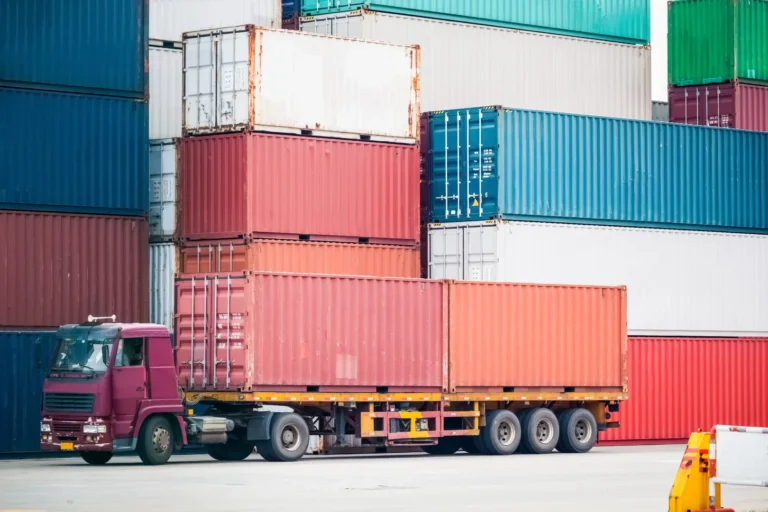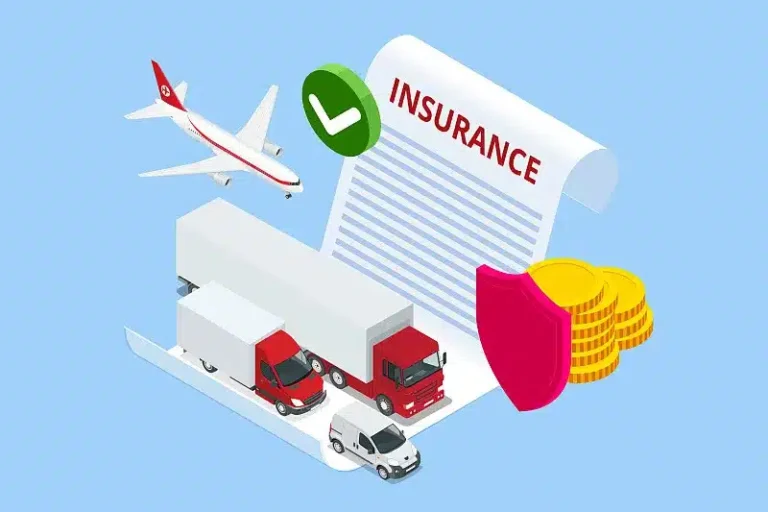What Is Temperature-Controlled LTL Shipping?
Temperature-controlled LTL shipping involves transporting perishable or temperature-sensitive goods without requiring a full truckload. Unlike standard LTL, these shipments require specific ambient, chilled, or frozen temperature ranges to be maintained throughout transit.
Common industries using this mode include food and beverage, pharmaceuticals, chemicals, and cosmetics. These goods often share trailer space with other temperature-sensitive freight, increasing the importance of proper packaging and precise logistics.
How Temperature Control Systems Work in LTL Shipping
Modern refrigerated trailers, known as reefers, are equipped with temperature sensors and climate-control units. These systems regulate conditions like cooling, humidity, and airflow.
In LTL settings, maintaining consistent temperatures can be challenging due to:
– Frequent stops and multiple load/unload cycles
– Shared trailer space with other customers
– Varying transit times and conditions
This makes real-time temperature monitoring and proactive logistics planning critical to protect sensitive freight.
12 Expert Tips for Temperature-Controlled LTL Shipping in 2025
1. Choose the Right Carrier with Temperature-Control Expertise
2. Plan Ahead for Seasonal and Weather-Related Risks
3. Utilize Advanced Temperature Monitoring Technology
4. Optimize Packaging for Temperature-Sensitive Goods
5. Consolidate Shipments for Cost Efficiency
6. Stay Updated on Regulatory Changes
7. Communicate Clearly with Your Carrier
8. Diversify Your Shipping Options
9. Insure Your Shipments
10. Work with a 3PL Partner for Enhanced Support
11. Implement Data-Driven Logistics Solutions
12. Factor in Contingencies and Emergency Plans
What to Look for in a Temperature-Controlled LTL Provider
– Cold Chain Experience: Ensure the provider understands the compliance, timing, and sensitivity requirements of your cargo.
– Tech Infrastructure: Look for TMS platforms that support real-time temperature tracking, event logs, and analytics.
– Regulatory Compliance: Confirm the carrier follows FSMA, GDP, and HACCP standards with documented SOPs.
– Scalable Operations: Your provider should support increased volumes and seasonal demand without compromising performance.
The 3PL Advantage in Cold Chain LTL Shipping
A skilled 3PL bridges the gap between complexity and control by offering:
– Seamless Carrier Coordination: From quoting to delivery, they handle the paperwork, scheduling, and compliance checks.
– Access to Specialized Equipment: 3PLs maintain a network of pre-vetted reefer carriers.
– Exception Management: Receive proactive alerts when a shipment is delayed or at risk.
– Cost Optimization: Consolidation, smarter routing, and fewer claims result in real savings.
Conclusion: Keep Your Cool with the Right Cold Chain Partner
Temperature-controlled LTL is a high-stakes operation every degree matters. By partnering with an experienced 3PL like Torro Freight, you gain access to the tools, expertise, and carrier network needed to ship with confidence.
Whether you’re shipping produce, vaccines, or cosmetics, let Torro Freight help you keep your cargo safe and your operations compliant.




